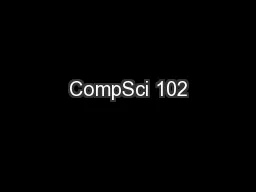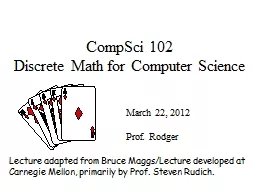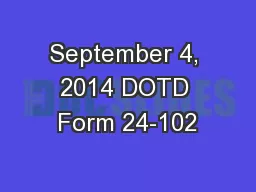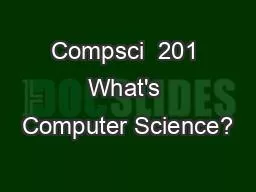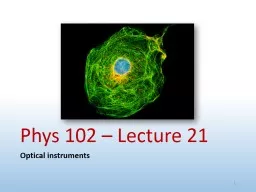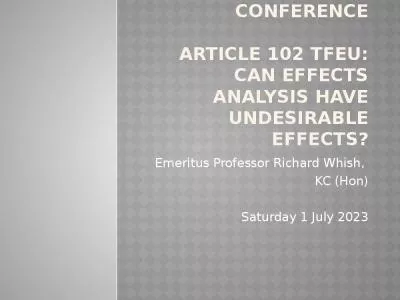PPT-CompSci 102
Author : alida-meadow | Published Date : 2016-09-21
Discrete Math for Computer Science February 7 2012 Prof Rodger Slides modified from Rosen Chap 2526 Cardinality Definition The cardinality of a set A is equal
Presentation Embed Code
Download Presentation
Download Presentation The PPT/PDF document "CompSci 102" is the property of its rightful owner. Permission is granted to download and print the materials on this website for personal, non-commercial use only, and to display it on your personal computer provided you do not modify the materials and that you retain all copyright notices contained in the materials. By downloading content from our website, you accept the terms of this agreement.
CompSci 102: Transcript
Download Rules Of Document
"CompSci 102"The content belongs to its owner. You may download and print it for personal use, without modification, and keep all copyright notices. By downloading, you agree to these terms.
Related Documents

